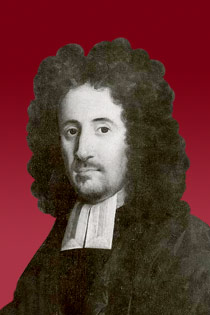TL;DR -- We have been touting the series of celebrations that arise through time where we are at an unique state of such. That is, the U.S. start is coming up on 250 years. Then, we have the ongoing 400th anniversaries being recognized. The 300th is too raw, as of yet, but we'll get there. Then, we have the 200th of the Jefferson deal, followed by the 100th of those who were less than a handful of generations back. For each, we can have a focus. This post is about the 250th celebrations.
--
Our look at the U.S. is from the viewpoint of 400 years of family history, where family encompasses literally 1000s of families. Some of these are involved with Harvard, which, thankfully, has been there from the beginning.
Then, there is the 250th coming up that celebrates the split with the old King's realm. This is where D.A.R. comes in. As does, too, we might add, the view of S.A.R. (Sons). Then, there is C.A.R. (Children). These organizations are merely 125 years old, at most which means that they were not brought to be until 125 years after the start of the Revolution.
Now, we have had several posts on these groups (search on DAR; we also use D.A.R.). One important one looks at several early loci with respect to Patriots, say Cape Ann to Patriot. This would be a subset of DAR's membership, since many Patriots were recent arrivals in the early to mid 1700s.
We, at the TGS, Inc., like to add in that we are interested in Loyalists, as well. And, we need to keep a broader focus with concerns about New Spain, New France, and other attempts.
Now, back to DAR. We were motivated to do this post due to a query about DAR being right-winged which seems to have gotten a lot of press. Gosh, it's non-political for the most part, as an organization. That is, one might say that it's of both wings. There will be members of various persuasions, however they get along as we would expect of a collection of mature Americans. Now, given the question, a quick search brought up several articles and books.
This is a brief list meant to be illustrative of the discussion. The coverage by time is deliberate.
- Case for and against DAR (1953) ... we start with what might be called a look at the "old" DAR.
- DAR-lings of NY (2003) ... some notion of the current state of multiversity. DAR has extended the definition of what is a Patriot. Rather than just boom-boom people, many types of support are recognized including the old folks who kept the administrative things going in the time of the turmoil (see note about Loyalists below).
- Who's a DAR? Answer grows more diverse. (2021) ... even more modern view.
- The constitution of the DAR mentioned three main objectives of the society: (1) to perpetuate the memory and spirit of the men and women who achieved American Independence; (2) to promote institutions of learning so that the young and old can develop the largest capacity for performing the duties of American Citizens; and (3) to cherish, maintain, and extend the institutions of American freedom and to foster true patriotism and love of country.


.jpg)








